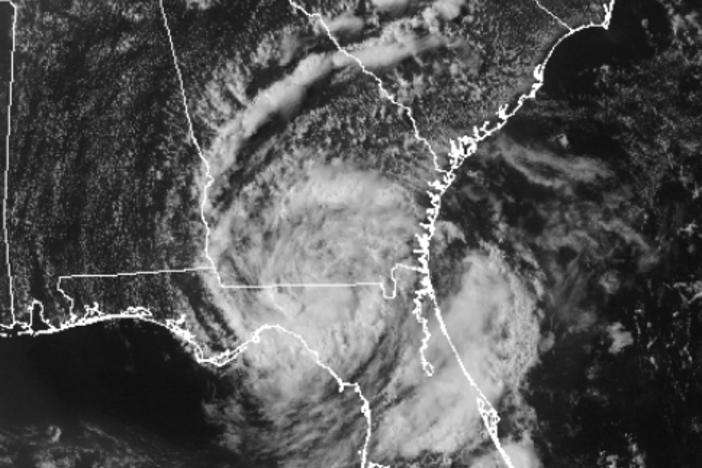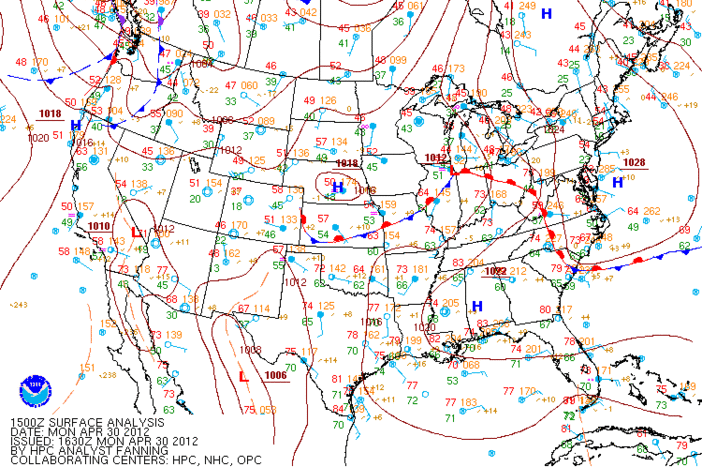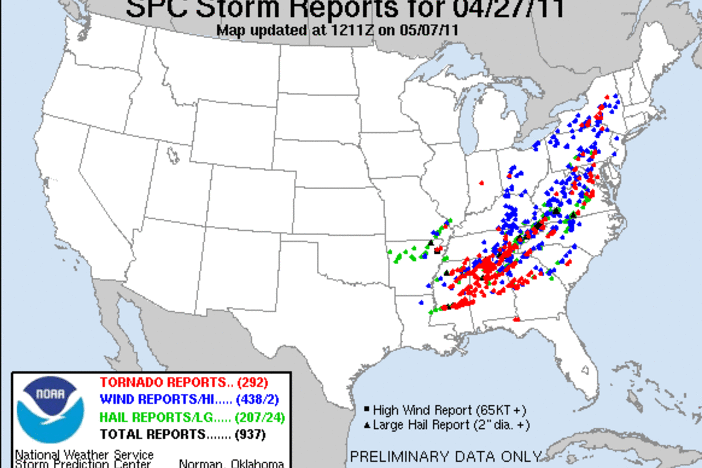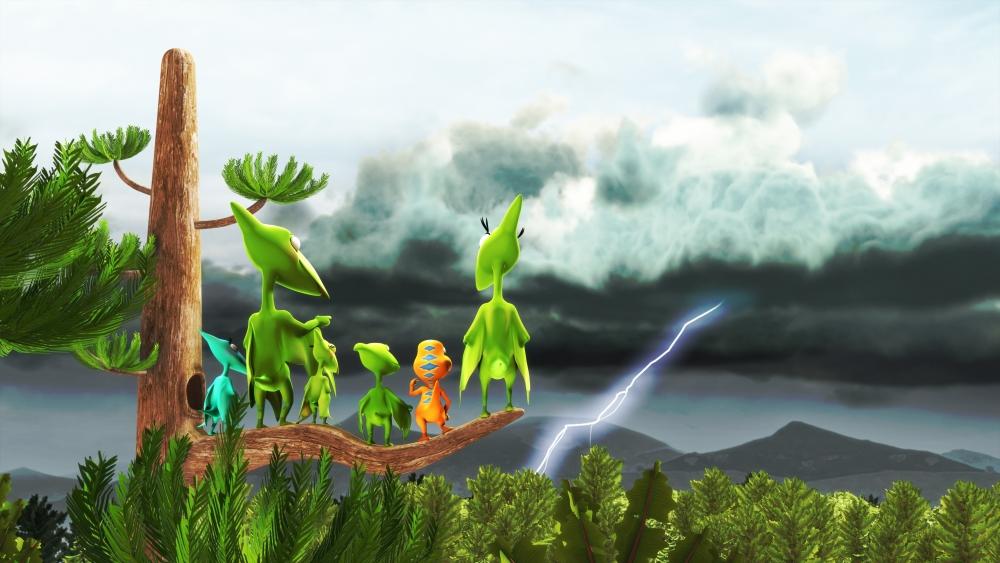
Section Branding
Header Content
Dinosaur Train - Forest Fire!
Primary Content

The second episode of “Dinosaur Train – Weather Week” is titled “The Forest Fire/The Lost Bird”. In this episode, a lightning strike from a nearby thunderstorm causes a forest fire to burn near Pteranodon Terrace. To learn more about forest fires, the Pteranodon Family hops on the Dinosaur Train to visit an area that has already been burned by a fire. During the train ride, Mr. Conductor explains how forest fires can be both destructive, and helpful, to the growth of the forest.
As Mr. Conductor explained, forest fires are necessary for various species to germinate and produce new growth. They are a natural part of a forest’s ecosystem; however, they can be detrimental for species that do not benefit from the fire, like birds and other animals. In addition, the effects of a forest fire are not contained within the fire itself – the heat can be felt miles away from the fire, and the smoke can effect areas hundreds of miles downstream from the burn.
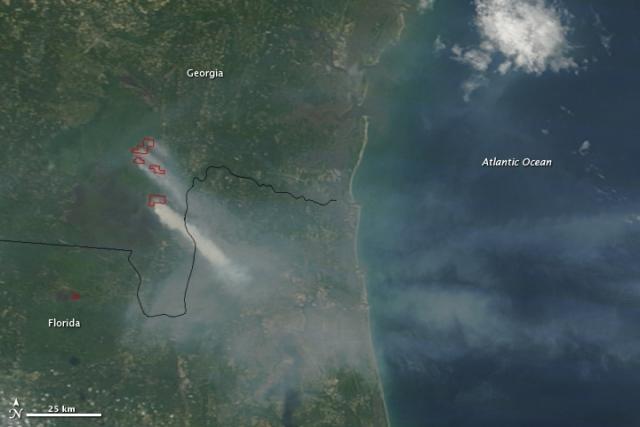
Satellite image of wildfires in southeast Georgia. The red outline denotes the fire, while the smoke plume flows downwind. Image courtesy of NASA.
Georgia is very susceptible to forest and wildfires. Every spring and summer, hundreds of acres burn within southern Georgia, like Waycross and Albany. For example, the Honey Prairie Complex fire in Okefenokee National Wildlife Refuge was started by lightning on April 28, 2011. By June 19, 2011, the Honey Prairie Complex fires had burned 233,606 acres (Source: NASA). The image below, taken by a NASA satellite, shows smoke blowing hundreds of miles southeast into Florida.

Honey Prairie Complex Fire. Source: NASA-EO
The environmental hazards from wildfires are significant: the fires’ haze and smoke can effect many people’s ability to breathe, and visibility can be significantly reduced. A recent example of a wildfire’s impact is the 19 vehicle pile up on I-75 in Florida on Sunday, January 29, 2012 - motorists’ visibility dropped to zero, and 11 people died as a result of multiple cars’ crashes.
Smokey the Bear and the US Forest Service have plenty of advice for staying safe before and during forest fires. Most tips involve common sense, especially during times of dry weather: drown charcoal briquettes and other fire ashes with water; avoid using lawnmowers and power equipment over dry brush; and create a 30 foot, fire-resistant zone around your home. More tips for protecting your home and property can be found at www.firewise.org.
I hope you are excited to watch this episode of the Dinosaur Train! Episode #208 will air on GPB on Wednesday, February 8th at 8:30am and again at 1:00pm. Let me know what you think about this episode, Nature Trackers! Also, let me know if you’ve visited the nation’s oldest forest – The Petrified Forest – with fossils of trees from the Triassic Period!
Additional Resources You May Like
List of Dinosaur Train - Weather Week Episodes
NASA's Earth Observatory - Global Fire Monitoring
Dr. Scott the Paleontologist's Blog
Dinosaur Train Activity Sheet
Dinosaur Train on PBSKids.org
The second episode of



